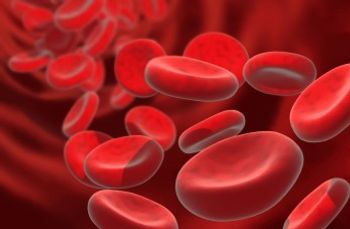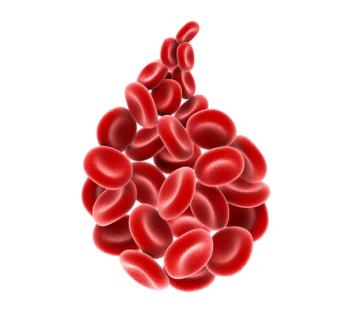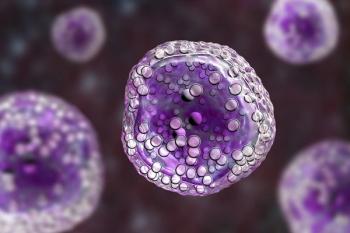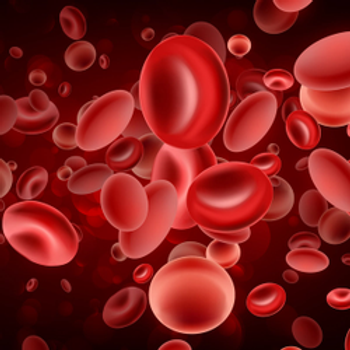
Advocate Outlines Resources for Chronic Myeloid Leukemia Population
Advocacy groups such as Cancer Support Community and the Leukemia & Lymphoma Society may help support patients with CML undergoing treatment.
In a conversation with CancerNetwork® at the
Saxton, the executive vice president of Insights and Impact at Cancer Support Community, listed a few patient advocacy organizations that can lend financial and mental health support to those who are undergoing therapy for CML. Beyond her organization, Saxton highlighted the Leukemia & Lymphoma Society and the CML Buster Foundation as groups that can assist patients with CML in the long term.
The Leukemia & Lymphoma Society aims to find a cure for leukemia, lymphoma, and multiple myeloma while improving patient quality of life through focus areas such as advancing health equity, improving clinical trial access, and offering patient financial assistance.1 This organization has initiated efforts to help increase federal research funds and expedite the review and approval process of new treatments for those with CML. Additionally, the CML Buster Foundation defines its purpose as an organization to “define, fund, create and maintain the tools of empowerment essential for the wellbeing of the [United States] CML community.”2
Transcript:
This is a long treatment journey. There is a huge impact [on the patient's] life, [their] family's life, and also on [their] mental health. Reach out for resources. It can be hard to find them initially, but there are a number of patient advocacy groups like Cancer Support Community, Leukemia & Lymphoma Society [LLS], and the [CML Buster Foundation] who are here and ready to help with financial counselors, support groups, and access to mental health professionals. Those are the kinds of things that are going to help give [them] the support that [they] need to get through [CML] in the long term.
References
- The LLS mission. Leukemia & Lymphoma Society. Accessed June 12, 2024. https://tinyurl.com/yck4hdjx
- CML Buster Foundation. GuideStar. Accessed June 12, 2024. https://tinyurl.com/yjx5y88h
Newsletter
Stay up to date on recent advances in the multidisciplinary approach to cancer.


















































































